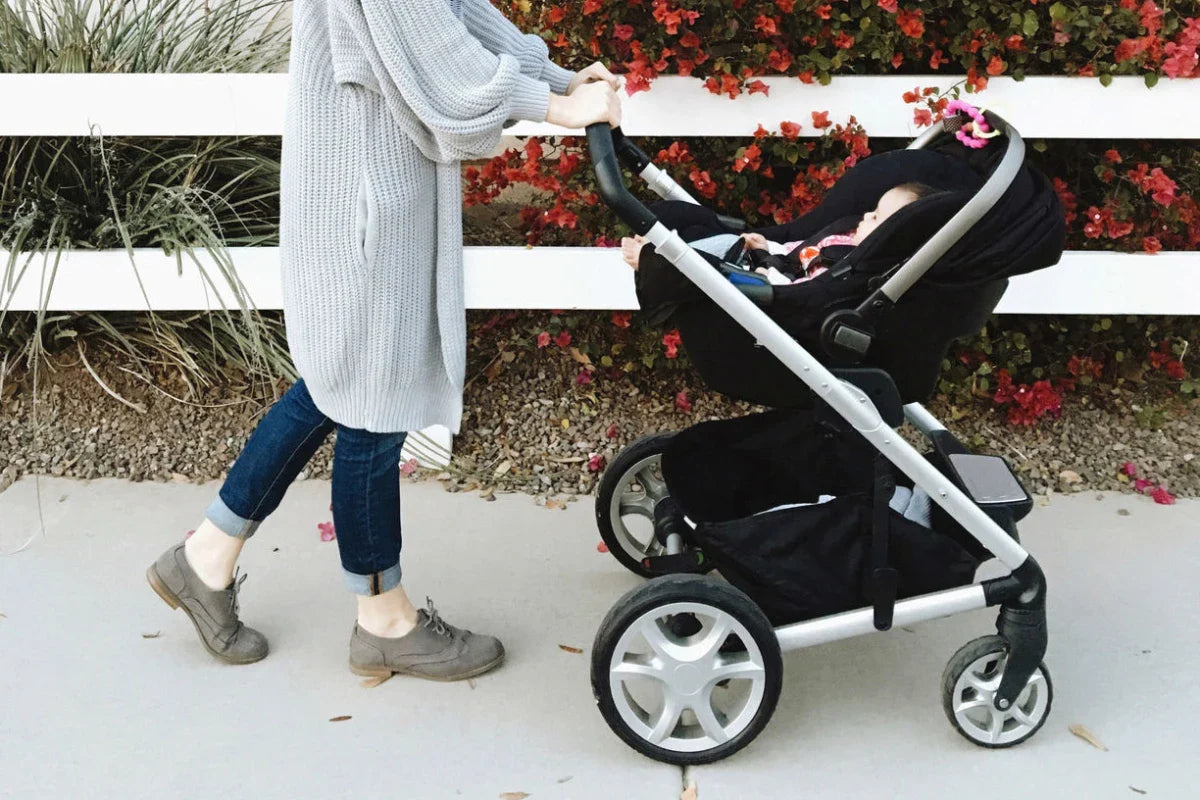As parents, we've all been there: your baby finally falls asleep during a car ride, and you dread the moment you'll have to transfer them to the stroller. The fear of waking a peacefully sleeping infant can be overwhelming. But fear not! With the right techniques and tools, you can master the art of seamless transitions from car to stroller, ensuring your little one stays in dreamland.
The Importance of Smooth Transitions
Maintaining your baby's sleep during transitions is crucial for several reasons:- It allows your child to get the rest they need for proper development
- It gives you a chance to run errands or enjoy outings without a fussy baby
- It reduces stress for both you and your little one
Key Strategies for Seamless Transfers
1. Timing is Everything
Wait until your baby is in a deep sleep before attempting the transfer. You can test this by gently lifting their arm and letting it drop. If they don't stir, it's likely safe to move them2. Slow and Steady Movements
When lifting your baby:- Support their head and neck with one hand
- Place your other hand under their bottom
- Move slowly and deliberately to minimize disturbance
3. Maintain Body Position
Try to keep your baby in the same position they were in while sleeping in the car seat. This helps prevent the startle reflex that can wake them up.
4. Use Specialized Equipment
Consider investing in tools designed for easy transfers:-
The BeSafe iZi Transfer: An accessory with handles that allows you to lift sleeping children from their car seat to a stroller without changing their position.
- The Snugglebundl: A blanket with handles that provides full head, neck, and body support, making it easier to transfer your baby without waking them.
5. Optimize Your Stroller Setup
Ensure your stroller is ready for a sleeping baby:- Recline the seat to a comfortable sleeping position
- Adjust the harness beforehand for quick and quiet securing
- Use a weather shield if needed to maintain a consistent environment
Advanced Tips for Stroller Comfort
Once you've mastered the transfer, keep these tips in mind for ongoing stroller comfort:- Adjust the stroller's recline angle to support proper breathing and comfort
- Position the harness correctly, with the buckle below the belly button and level with the hips
- Use the footrest to support your baby's legs and maintain proper posture.
When to Transition to Sitting Up
As your baby grows, you'll need to transition from lying flat to sitting up in the stroller. Most babies are ready for this around 3 months of age, but it's essential to ensure they have:- Good head control
- The ability to maintain a stable, symmetrical position
Before making the switch, test your baby's readiness by observing their head control and postural balance.
Mastering the art of seamless transitions from car to stroller takes practice and patience. With these techniques and tools at your disposal, you'll be able to enjoy longer outings and errands while your little one catches those much-needed Zs. Remember, every baby is different, so don't be discouraged if it takes a few tries to find what works best for you and your child.
